Sciences at Oberlin
- Aerial shot of Oberlin’s science center.
- A professor working with students
- A professor and student looking at a computer
- A drill cutting into lake ice
- Students drilling
- Students taking measurements of the lake ice
- A student on the lake ice looking at a scientific instrument
- A student in the lab looking at a scientific instrument
- The same student looking at a computer
- The same student looking at a computer
- A professor and students in a forest looking at a measuring instrument
- A student in a tent moving cables
- A student adjusting a measuring instrument
- A student working with a beaker
- A professor and student working with a beaker
- A professor and student working with a beaker
- A professor and student working at a computer
- A close up of graphs on the computer
- The student talking to the professor
- A student presenting research to a class
- A student talking in a research poster session
- Another student talking in a research poster session
- Another student talking in a research poster session
- A professor and student walking down a hallway
Work at the forefront of knowledge, from the laboratory to the world.
Oberlin is a national leader in educating undergraduate scientists. Our curriculum provides a strong foundation in core disciplines alongside emerging fields such as energy technology, computational modeling, and behavioral ecology. Students have the opportunity to work directly with faculty on the most important ethical and scientific problems of our time, from climate change to artificial intelligence.
Oberlin Sciences at a Glance
Hands-on Research
Research opportunities at Oberlin rival those found in graduate schools, as faculty invite students into their laboratories. But unlike at bigger schools, undergraduates are encouraged to take a central role in research, often co-publishing their findings with a professor.

Melissa Nova '25 works on precision spectroscopy in physics professor Jason Stalnaker’s laboratory.
Photo credit: Mike Crupi
Faculty-Student Collaboration
Oberlin’s emphasis on active learning helps all students thrive. Whether assisting with a prospectus or a problem set, our faculty work closely with students so they gain an understanding of key scientific concepts.


Photo credit: Tanya Rosen-Jones '97
The immense support of my research mentor, Professor Gunnar Kwakye, and other mentors within the departments of chemistry and neuroscience, made my academic and experiential learning at Oberlin exceptional.
Paul Kamitsuka '22,
Recipient of the Barry Goldwater Scholarship
Get into the Field
At Oberlin, science is more than just observation and measurement. It's learning to understand the processes that unfold around us every day. Our students have assisted with scientific fieldwork across the globe in Indonesia, South Africa, Japan, and Central America. Closer to campus, our students learn from field trips to nearby ecological sites including the Vermillion River Watershed and Lake Erie.
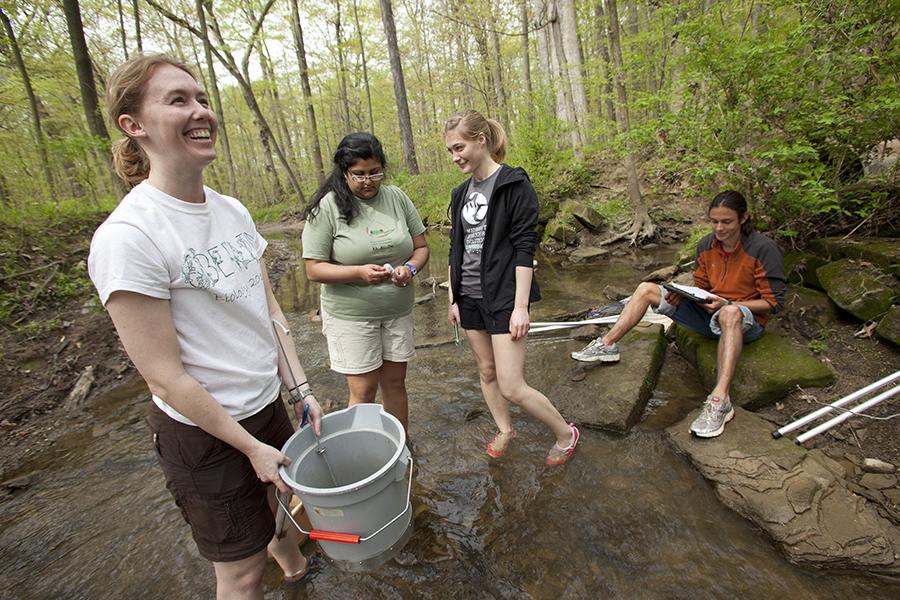
Students in professor Angela Roles' class search for crayfish in nearby Plum Creek.
Photo credit: Jennifer Manna
Launch into Med School
Prepare for a medical or health career at Oberlin with the guidance of a dedicated advisor and the support of a collaborative community. Oberlin science majors are accepted into medical school at a rate twice the national average, thanks to their outstanding scientific preparation, strong liberal arts education, and active engagement in community service.

Anna Slebonick '22, a pre-med biology major and student athlete, spent her summer working as a volunteer EMT.
Photo credit: Tanya Rosen-Jones '97
Find Your Cohort
Oberlin is committed to developing disciplined, engaged scientists across a wide range of identities and backgrounds. The STRONG program (Science and Technology Research Opportunities for a New Generation) represents Oberlin College’s commitment to increasing the diversity of the STEM workforce. We believe that promoting diversity in scholarship yields more relevant and meaningful discoveries.
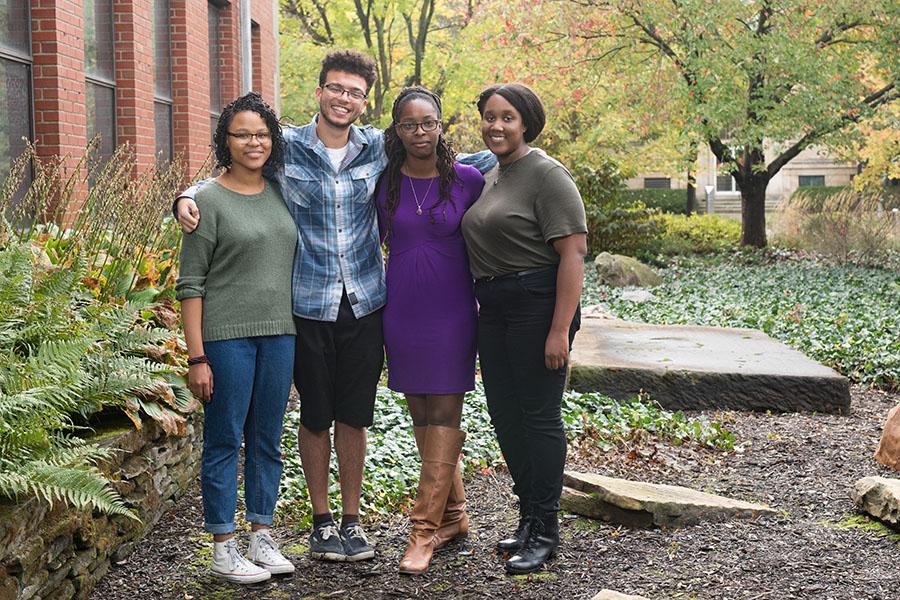
Nicollette Mitchell ’13, Kopo Oromeng ’17, Marcus Hill ’19 and Shannon Banks ’19 earned top prizes for their research presentations at the National Association of Black Geoscientists annual conference.
Photo credit: Tanya Rosen-Jones '97
Science Writing and Communication
Oberlin students have many opportunities to hone the skill of effective science communication and join the professional community of working scientists. Students regularly co-author papers with faculty mentors and receive generous financial support for conference participation. These experiences help our students land promising first jobs or gain admission to the best medical schools and PhD programs in the sciences.

Students share research with mentors and peers at the annual Undergraduate Research Poster Session.
Photo credit: Chris Schmucki '22
Undergraduate research has been a hallmark of the sciences at Oberlin. Working one-on-one with students on important problems is one of the most rewarding parts of my job.
Manish Mehta, Professor of Chemistry
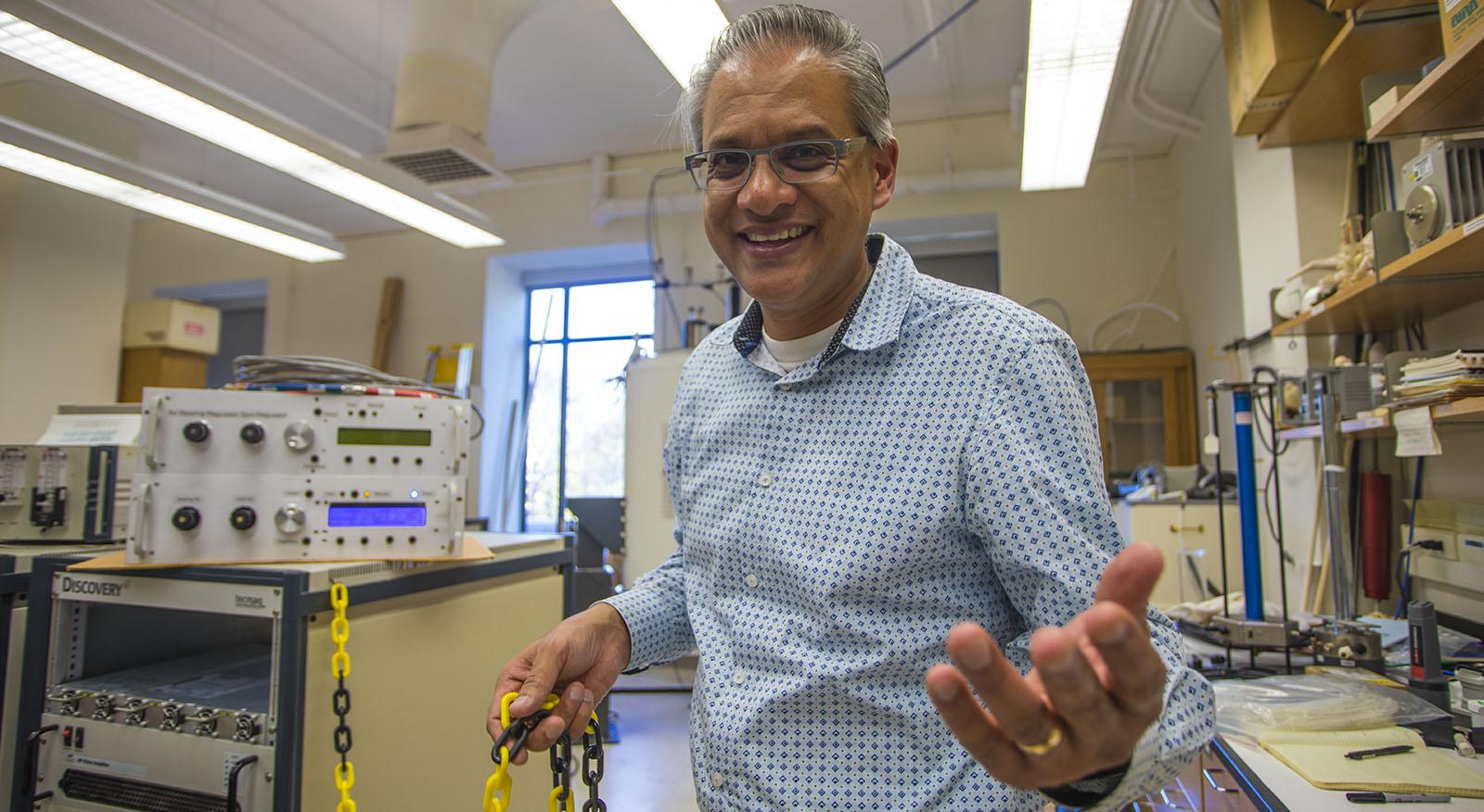
Photo credit: Yvonne Gay
Obies in the Sciences
Each Obie has their own unique pathway through college and beyond. Read a sampling of Oberlin alumni at work in science, technology and engineering.
From Oberlin to Google
Four Oberlin computer science majors have accepted jobs from the tech giant while still in their senior year. Sage Vouse ’19 is one of them.
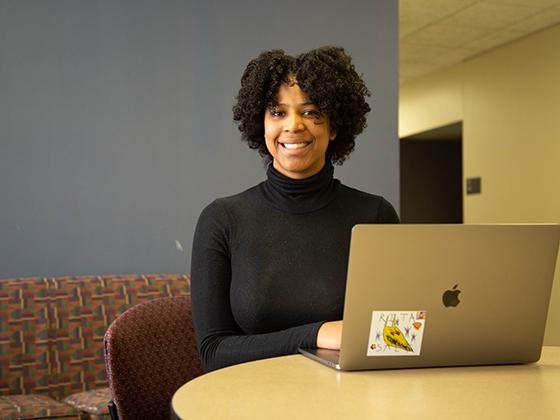
A Lesson in Computational Modeling
Rochelle van der Merwe ’21, a neuroscience major, participated in a special workshop held at the Carney Center for Computational Brain Science geared toward using computational modeling to study neural processes and behavior.
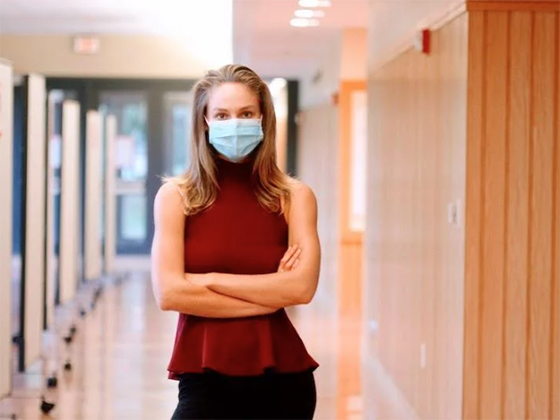
In Search of Renewable Energy
Andrew Santiago '20 manages a rigorous schedule that allows him to take lessons in flute performance while majoring in chemistry and physics. During a summer break he balanced research into aqueous sodium ion batteries with flute practice.
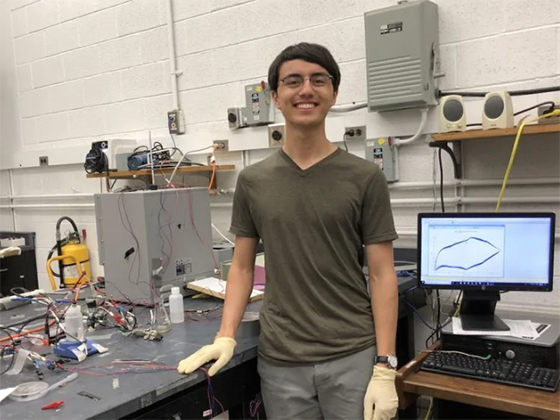
Educating in Death Valley
Marcus Hill ’19 was a geology major and promoted the major as a geology student representative. After graduation, he worked alongside seasoned park rangers helping to run education programs for elementary school students.
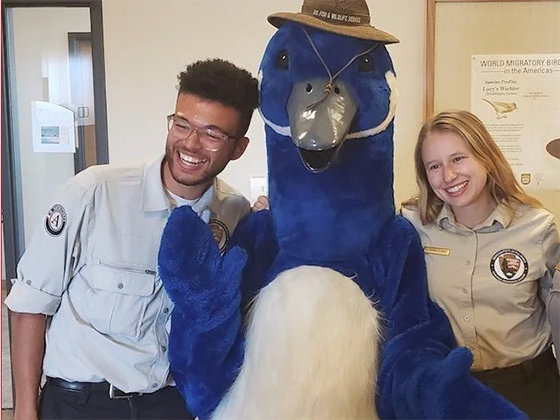
Researching Mental Health
Psychology and Environmental Studies major Ify Ezimora ’19 pursued research with a number of faculty. She now applies the skills she gained as an undergraduate to her current role as a clinical research assistant at Rhode Island Hospital, Hasbro Children’s Hospital, and the Miriam Hospital.
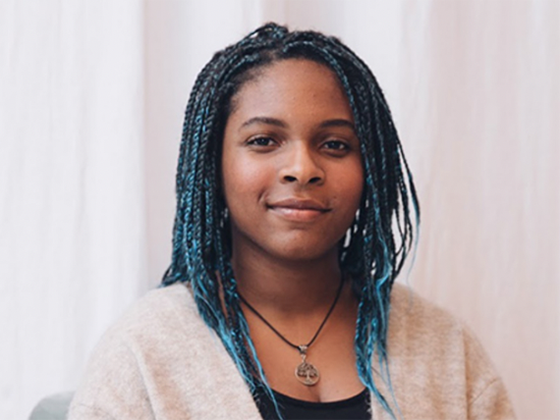
Postgrad Research at the FDA
At Oberlin, Gabby Walsh ’18 double majored in biology and biochemistry. Now, she is a postbaccalaureate fellow at the Food and Drug Administration.
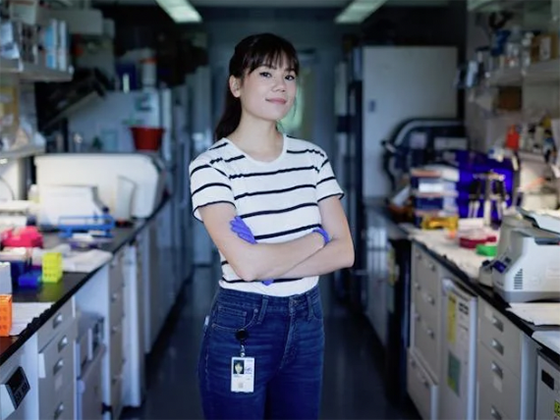
Science Resources and Facilities
Read more about our on-campus resources, from nuclear magnetic resonance spectroscopy to supercomputing clusters.
Science Buildings and Facilities
Pre-Medicine and Health Careers
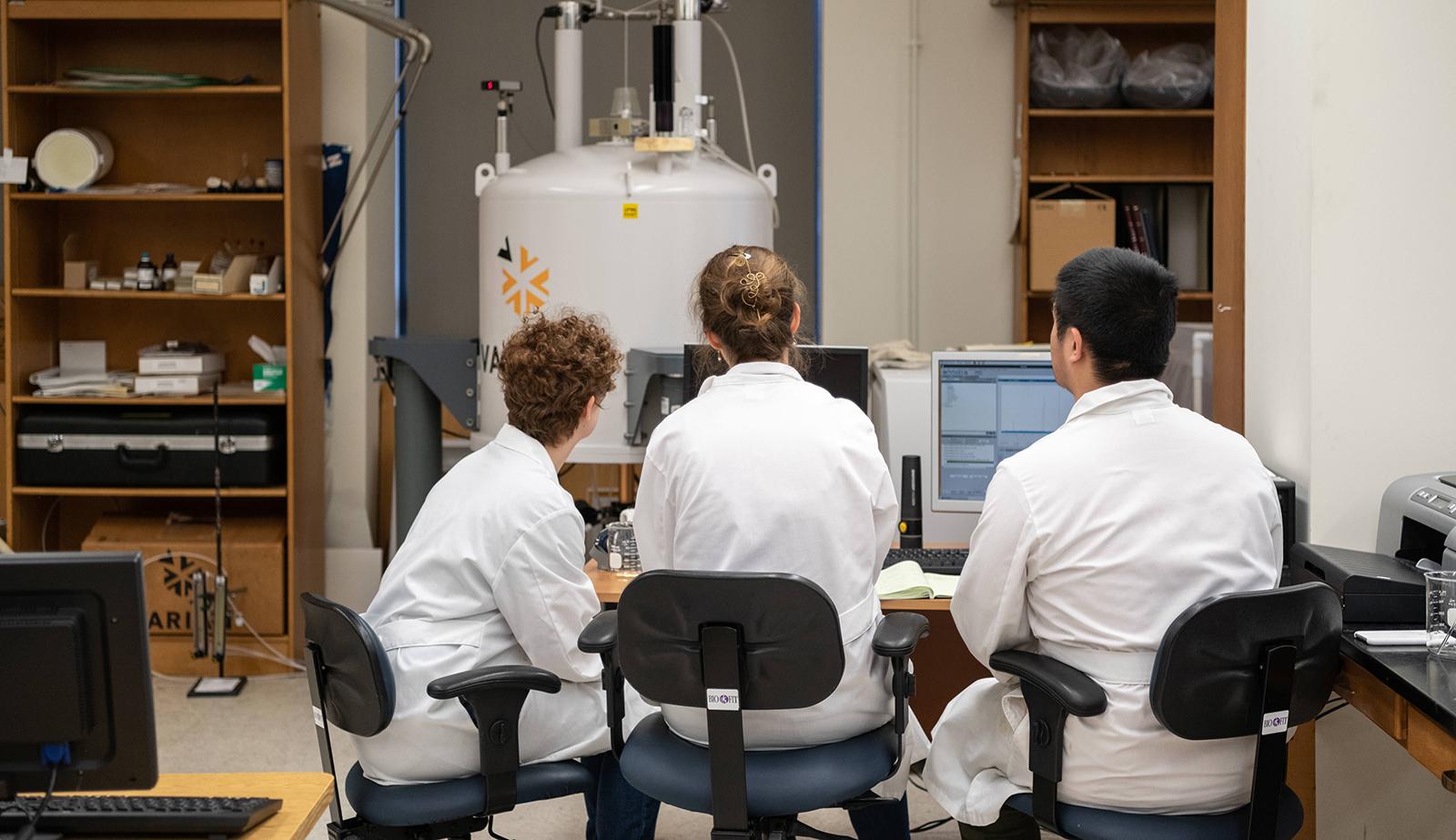
Jane Sedlak '19, Sophie Lyon '22, and Haodaen Jiang '19 use the 400 MHz Spectrometer in the Instrument Laboratory as part of Professor Matthew Alrod's atmospheric research winter term.
Photo credit: Yevhen Gulenko